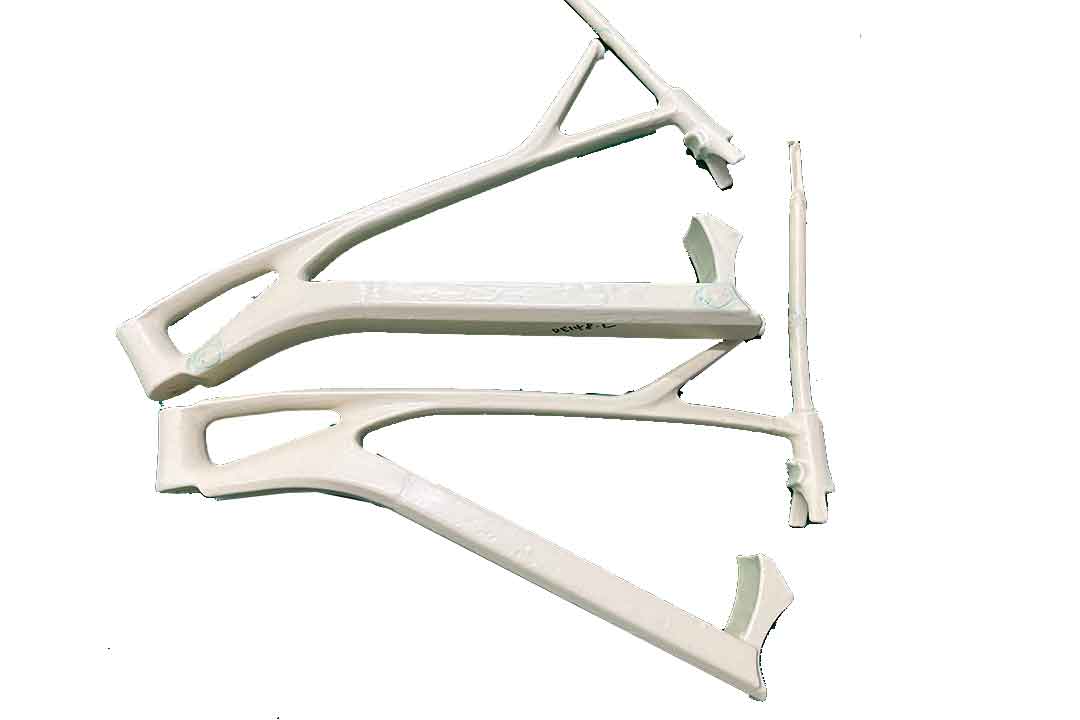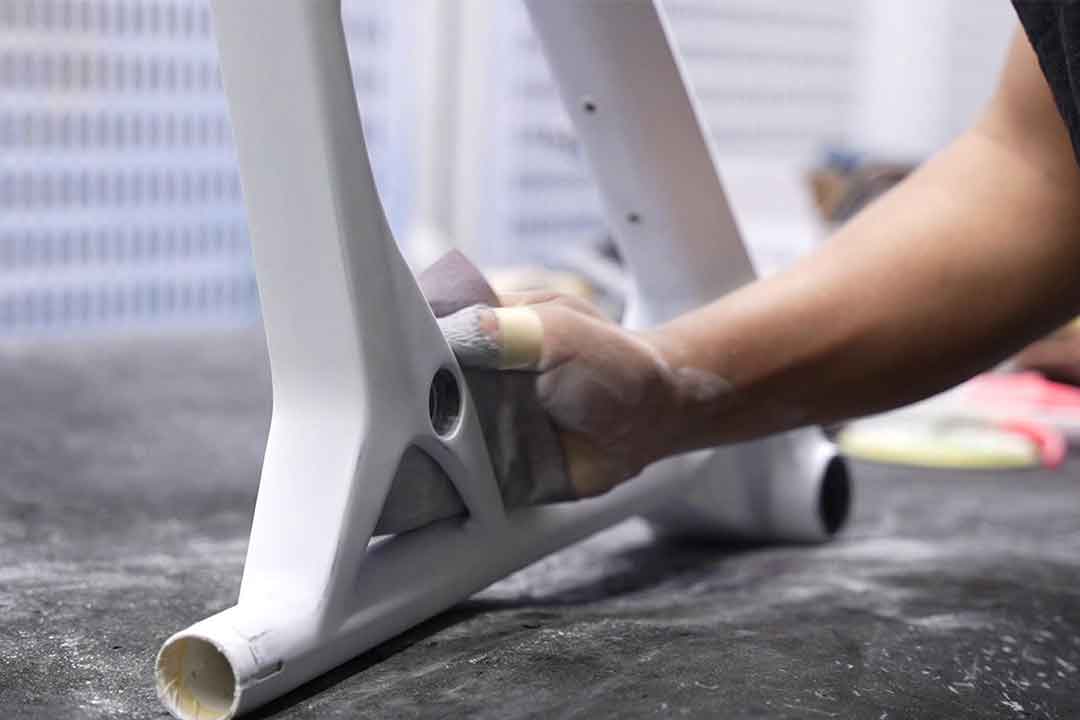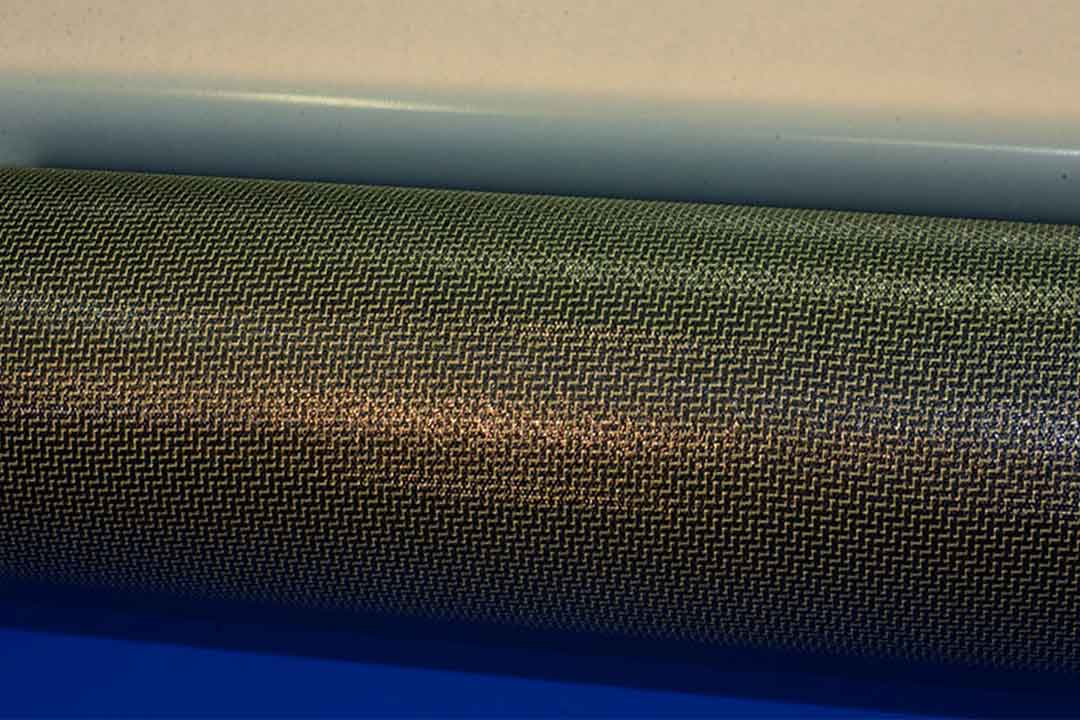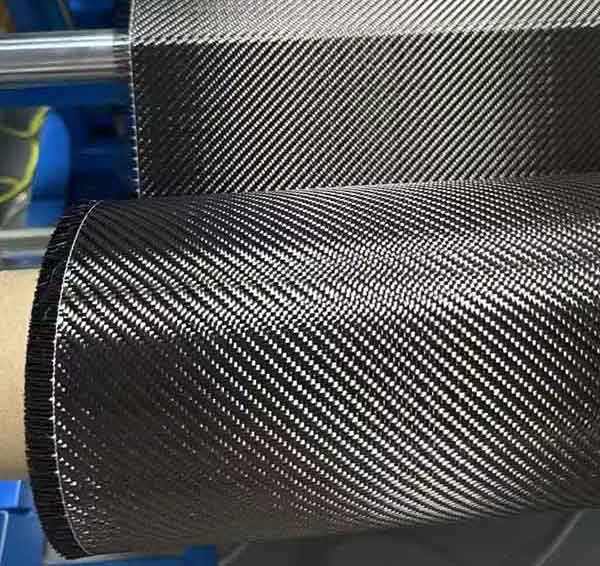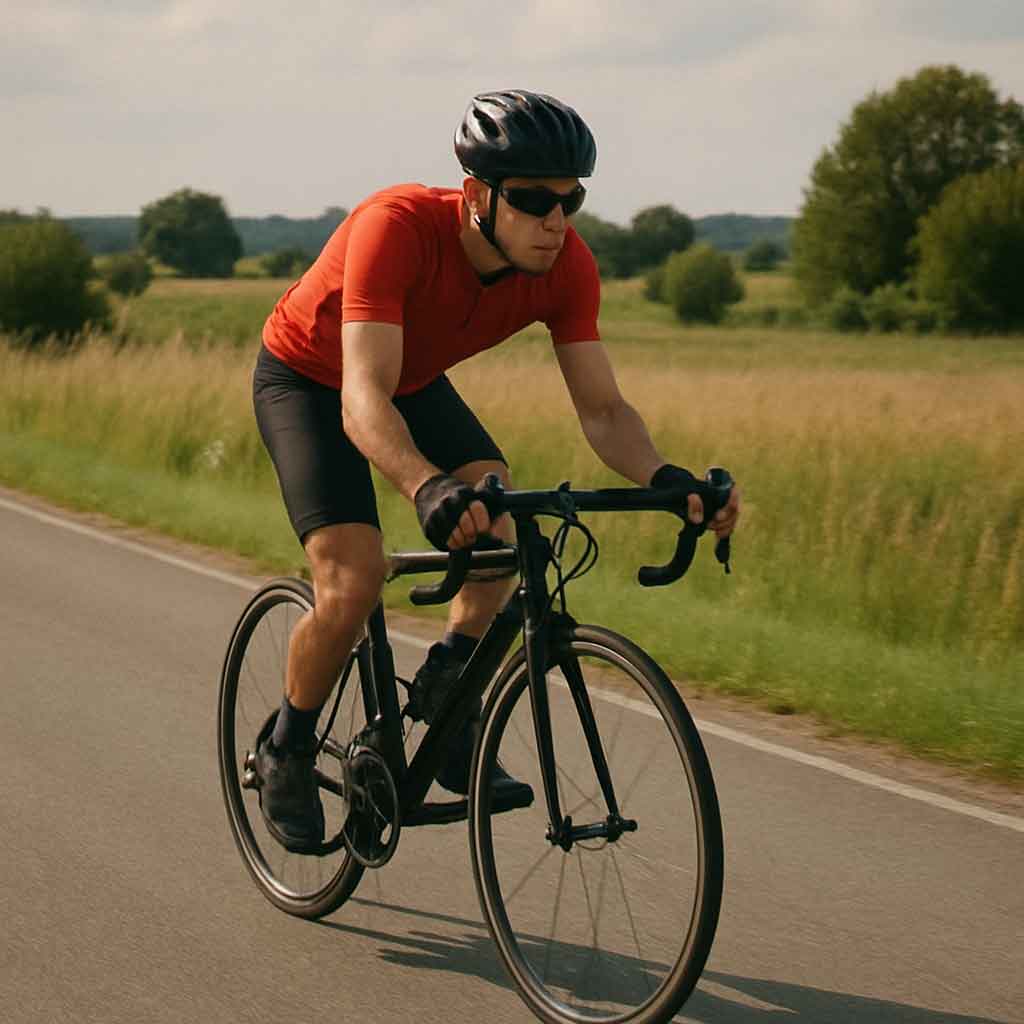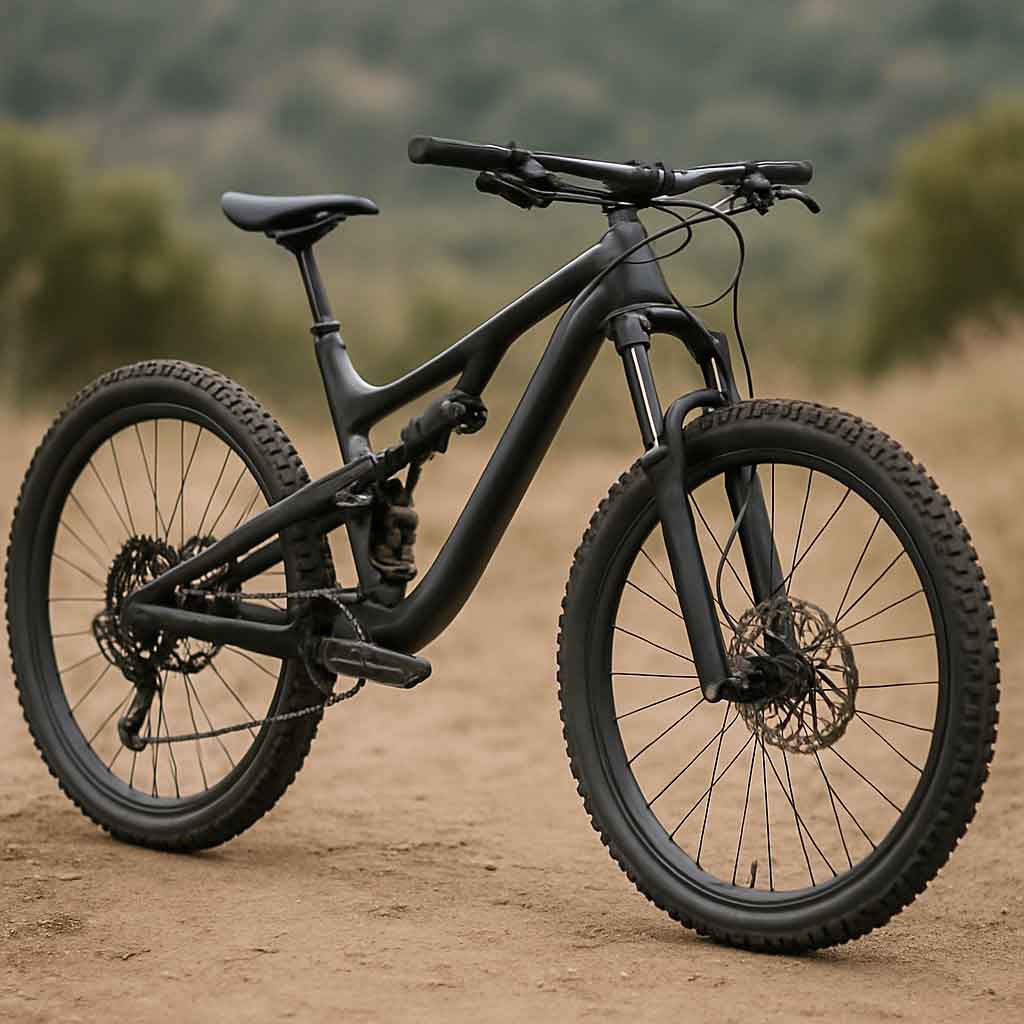Welcome to Mondince Bike - A well-known factory specialized in produce carbon bike frame and other parts since 2007.
Choosing the Right Fixie Bike for You
.jpg)
The term "fixie" is short for "fixed gear". Unlike traditional bikes, fixies have a single gear that is directly connected to the movement of the pedals. This means that if the wheels are moving, the pedals are moving too. This unique setup offers a pure and connected cycling experience, often favored for its simplicity and efficiency.
The Mechanics of Fixies
A fixie bike operates on a straightforward principle: the direct connection between the pedal and the wheel. This simplicity translates to fewer mechanical failures and less maintenance. The absence of a freewheel means the cyclist has to keep pedaling, promoting constant engagement with the bike. This setup is perfect for those who appreciate the raw, unfiltered experience of cycling.
Historical Perspective
Fixed gear bikes have a storied history, originally used by track cyclists due to their lightweight and simple design. Over the years, they've transitioned from velodrome tracks to urban streets, gaining popularity among city dwellers and bike messengers. Their resurgence in modern cycling culture speaks to a broader trend of minimalism and the desire for a more authentic riding experience.
Fixie Culture and Community
Owning a fixie bike is often more than just about the ride; it's about joining a community. Fixie enthusiasts frequently gather for group rides, races, and social events, creating a vibrant culture around these bikes. This community aspect is a significant draw for many cyclists, offering camaraderie and shared experiences centered around a love for fixies.
Why Choose a Fixie?
There are several reasons why cyclists prefer fixies over multi-gear bicycles. First, they're low maintenance. With fewer parts and no derailleurs or shifters, there's less to worry about when it comes to repairs and upkeep. Secondly, they offer a smooth and direct riding experience, allowing the cyclist to feel more connected to the bike. Lastly, they're often lighter than geared bikes due to the reduced number of components.
Simplified Maintenance
The simplicity of a fixie bike's design means fewer parts that can malfunction or require adjustments. Without the complexities of gears and derailleurs, regular maintenance becomes straightforward, focusing primarily on the chain and tire health. This simplicity is not only convenient but also cost-effective, as it reduces the need for frequent trips to the bike shop.
Enhanced Riding Experience
Riding a fixie provides a direct connection to the road, as cyclists must maintain a constant pedal stroke. This can improve pedaling efficiency and enhance the rider's focus on technique and form. For many, this direct engagement with the bike and environment leads to a more fulfilling and meditative cycling experience.
Lightweight and Agile
The absence of multiple gears and associated components means fixies are generally lighter than their geared counterparts. This reduced weight translates to greater agility and speed, especially in urban settings where quick maneuvers are often necessary. The lighter frame also makes it easier to carry the bike when needed, such as up stairs or onto public transport.
Types of Fixie Bikes
When selecting the right fixie, it's important to understand the different styles available. Here are some popular options:
Single Speed vs. Fixed Gear
While often used interchangeably, there is a distinction between single speed and fixed gear bikes. Single speed bikes have a freewheel mechanism that allows you to coast, whereas fixed gear bikes do not. It's essential to decide which riding experience you prefer.
The Coasting Advantage
Single-speed bikes offer the flexibility of coasting, which can be advantageous for those who ride in hilly areas or prefer a more relaxed cycling experience. The ability to coast allows riders to rest their legs on downhill sections, making it a practical choice for longer commutes or leisure rides.
The Purity of Fixed Gear
Fixed gear bikes, on the other hand, provide a purer cycling experience by keeping the rider constantly engaged. This setup encourages continuous motion, which can enhance muscle strength and cardiovascular fitness. Many cycling purists favor fixies for the discipline and skill required to master them.
Evaluating Your Riding Needs
Choosing between single speed and fixed gear depends largely on your typical riding environment and personal preference. Urban commuters might appreciate the simplicity and lightness of a fixed gear, while those in varied terrains might lean towards the versatility of a single speed.
Custom Fixie Bikes
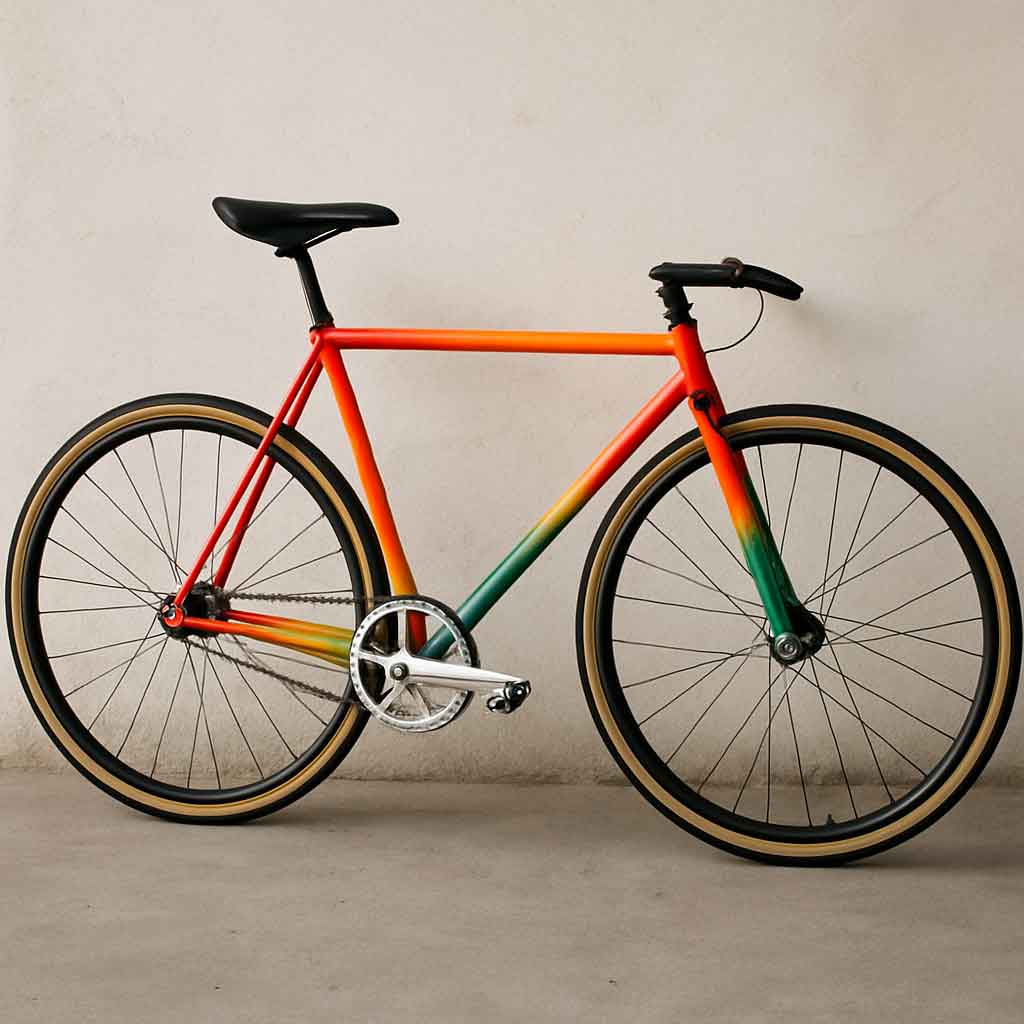
For those looking to express their personal style or require specific features, custom fixie bikes are an excellent choice. These bikes can be tailored to your specifications, from the frame material to the color scheme. Custom bikes can be more expensive but offer a unique and personalized experience.
Personalized Aesthetics
Custom fixies allow cyclists to express their individuality through unique color schemes, decals, and accessories. This personalization extends beyond aesthetics, offering the chance to tailor the bike's geometry and components to perfectly suit the rider's preferences and needs.
Specialized Components
Choosing custom means having the freedom to select high-quality components that might not be available on standard models. From lightweight frames to advanced braking systems, custom builds can offer superior performance features that enhance the overall riding experience.
The Investment Value
While custom fixies often come with a higher price tag, they can be seen as a long-term investment. The quality craftsmanship and tailored specifications can lead to greater satisfaction and durability, making it a worthwhile consideration for dedicated cyclists.
Handbuilt Fixed Gear Bikes
Handbuilt bikes often boast superior craftsmanship. These bikes are constructed with care and precision, ensuring high quality and durability. If you value the artistry and longevity of your bike, a handbuilt fixie might be worth the investment.
Artisanal Craftsmanship
Handbuilt fixies are often synonymous with meticulous craftsmanship. Artisans take pride in constructing each bike with precision, ensuring that every weld and component is perfectly aligned. This attention to detail results in a product that not only performs well but is also a work of art.
Durability and Longevity
The care taken in constructing handbuilt bikes often translates to greater durability. These bikes are designed to withstand the rigors of daily use, with components that are less likely to fail. For cyclists who value reliability and a bike that stands the test of time, handbuilt options are particularly appealing.
Unique and Limited Production
Many handbuilt bikes are produced in limited quantities, adding a level of exclusivity and uniqueness. Owning one of these bikes often means becoming part of a niche community that appreciates the blend of tradition and innovation in cycling.
What to Look For in a Fixie Bike
Once you've decided on the type of fixie that suits your needs, it's time to delve into specific features that can enhance your riding experience.
Frame Material
The frame material can greatly affect the bike's weight, durability, and ride quality. Common materials include:
- Steel: Known for its durability and smooth ride, though heavier than other materials.
- Aluminum: Lighter than steel and offers a stiffer ride, making it a popular choice for racing.
- Carbon Fiber: Extremely lightweight and offers excellent shock absorption, but at a higher price point.
Steel: The Classic Choice
Steel frames are cherished for their strength and forgiving ride quality. They absorb road vibrations well, providing a smoother ride on rough surfaces. Although heavier than other materials, steel's durability and classic aesthetic continue to make it a favorite among traditionalists.
Aluminum: The Racer's Preference
Aluminum frames are known for their lightweight and stiffness, which translates to efficient power transfer. This makes them ideal for those who prioritize speed and performance. However, aluminum bikes can feel harsher on rough roads due to their rigidity, so comfort considerations are crucial.
Carbon Fiber: The Modern Marvel
Carbon fiber frames offer the best of both worlds: lightweight and comfort. They are designed to absorb shocks and vibrations, providing a smooth ride while maintaining stiffness for effective pedaling. The premium price reflects the advanced technology and materials used in these frames.
Gear Ratio
The gear ratio determines how hard you have to pedal to move forward. A higher gear ratio means more speed but requires more effort to pedal, while a lower ratio offers easier pedaling at the cost of speed. It's crucial to find a balance that suits your typical riding conditions and physical capabilities.
Finding Your Ideal Ratio
Determining the best gear ratio involves considering your typical riding terrain and personal fitness level. If you frequently encounter hills, a lower gear ratio might be beneficial to make climbs more manageable. Conversely, if you ride on flat terrain, a higher ratio could maximize your speed potential.
Experimenting with Different Setups
Many cyclists experiment with different gear setups to find what suits them best. This experimentation can involve swapping out chainrings or cogs to achieve the desired balance between speed and effort. Understanding how these components interact can lead to a more customized and enjoyable ride.
Impact on Cycling Performance
The gear ratio directly affects your cycling performance and endurance. An optimal ratio allows for comfortable pedaling and efficient energy use, reducing fatigue on long rides. Paying attention to this aspect of your fixie ensures you can maintain your desired pace without overexerting yourself.
Brakes
While traditional fixies don't have brakes, it's a good idea for beginners to start with a bike that includes them for safety. Most fixies can be equipped with a front brake for added control.
Safety First
For many new to fixies, the addition of brakes provides a crucial safety net. Brakes offer the ability to stop quickly, especially in emergency situations, making them indispensable in busy urban environments. This feature can enhance confidence, especially for those transitioning from geared bikes.
Types of Brake Systems
There are various braking systems available for fixies, including caliper, disc, and coaster brakes. Each type has its pros and cons, with caliper brakes being the most common due to their simplicity and effectiveness. Disc brakes offer superior stopping power but add weight and complexity.
Customizing Brake Options
Cyclists can choose to customize their fixie's braking system to suit their preferences. Some may opt for a minimalist approach with a single front brake, while others might prefer a dual-brake setup for maximum control. Customizing brakes allows for a tailored balance between safety and style.
Buying Your Fixie

by Brian Lawson (https://unsplash.com/@visualartery)
When it comes time to purchase, consider visiting local bike shops to test ride different models. This hands-on experience can be invaluable in determining what feels right for you. Additionally, many online retailers offer a wide range of options, often at competitive prices.
Fixed Gear Bicycles for Sale
When searching for fixed gear bicycles for sale, consider both new and used options. New bikes come with the assurance of warranty and condition, while used bikes can offer significant savings. Be sure to inspect any used bikes carefully for wear and tear.
The Appeal of New Bikes
Purchasing a new fixie provides peace of mind with a warranty and the assurance of pristine condition. New bikes often come with the latest technology and design advancements, offering enhanced performance and longevity. This option is ideal for those who prioritize reliability and cutting-edge features.
Navigating the Used Market
For budget-conscious buyers, the used market can offer excellent deals on high-quality fixies. It's essential to thoroughly inspect used bikes for signs of wear, such as frame damage or worn components, to ensure you’re getting a good deal. Buying from reputable sellers or bike shops can mitigate risks.
Evaluating Value vs. Cost
When choosing between new and used bikes, consider the long-term value each option offers. New bikes may require less immediate maintenance, while used bikes can free up budget for upgrades or accessories. Weighing these factors helps in making a financially sound decision aligned with your cycling goals.
Budget Considerations
Fixie bikes can range from budget-friendly to high-end custom builds. Set a budget that reflects your priorities, whether it's performance, style, or craftsmanship. Remember, investing in a quality bike can pay off in terms of longevity and enjoyment.
Setting a Realistic Budget
Begin by assessing your financial situation and determining how much you're willing to spend. Consider the primary purpose of your fixie—whether for commuting, racing, or leisure—as this can influence your spending priorities. A realistic budget ensures you get the best value without compromising essential features.
Cost vs. Quality
While it might be tempting to opt for the cheapest option, it's crucial to consider the quality and longevity of the bike. A slightly higher initial investment can lead to reduced maintenance costs and a better riding experience over time. Evaluate the balance between upfront cost and long-term benefits.
Financing and Payment Options
Many retailers offer financing plans or payment options to make purchasing a high-quality fixie more accessible. Exploring these options can allow you to afford a better bike without straining your finances. Always read the terms carefully to understand any interest or fees involved.
Maintaining Your Fixie
Once you've found your perfect fixie, maintaining it is key to ensuring it lasts for years to come. Regularly check and clean the chain, keep the tires inflated, and inspect the bike for any signs of wear. Simple maintenance can extend the life of your bike and keep it performing at its best.
Routine Maintenance Practices
Regular maintenance is vital for keeping your fixie in top condition. This includes cleaning and lubricating the chain, checking tire pressure, and ensuring all bolts and components are tightened correctly. A well-maintained bike not only performs better but also reduces the likelihood of mechanical failures.
Chain Care
The chain is a critical component that requires regular attention. Cleaning the chain helps remove dirt and grime that can cause wear, while proper lubrication ensures smooth operation. A clean and well-lubricated chain contributes to a quieter and more efficient ride.
Tire and Wheel Checks
Regularly inspect your tires for any signs of wear or damage, such as cracks or punctures. Keeping tires properly inflated enhances performance and reduces the risk of flats. Additionally, checking the alignment and tension of the wheels ensures stability and safety during rides.
Component Inspection
Periodically inspect the bike's components, including brakes, pedals, and handlebars, for any signs of wear or damage. Tightening loose bolts and replacing worn parts promptly can prevent minor issues from escalating into significant problems. This proactive approach ensures your fixie remains reliable and safe.
Accessories and Upgrades
Consider adding accessories or making upgrades to enhance your cycling experience. Popular options include:
- Lights and Reflectors: Essential for safety, especially if you ride at night.
- Comfortable Saddle: Ensure a comfortable ride with a saddle that suits your anatomy.
- Handlebar Grips: Choose grips that provide comfort and control.
Enhancing Visibility
Safety is paramount, and enhancing visibility with lights and reflectors is crucial for night riding. Invest in high-quality front and rear lights, and consider reflective tape or clothing to increase your visibility to motorists. These accessories are a small investment with significant safety returns.
Comfort Enhancements
A comfortable saddle and ergonomic grips can significantly improve your riding experience. Saddles come in various shapes and sizes, so test different options to find one that supports your riding style. Similarly, grips that reduce hand fatigue can make longer rides more enjoyable.
Performance Upgrades
Upgrading components such as wheels, pedals, or handlebars can enhance your fixie's performance. Lighter wheels can improve speed, while clipless pedals can increase pedaling efficiency. Tailoring these components to your needs can take your cycling experience to the next level.
Conclusion
Choosing the right fixie bike involves understanding your preferences, needs, and budget. Whether you opt for a custom build or a basic model, the fixie offers a unique and engaging cycling experience. By considering the factors outlined in this guide, you can make a well-informed decision that ensures many enjoyable rides ahead. Happy cycling!



